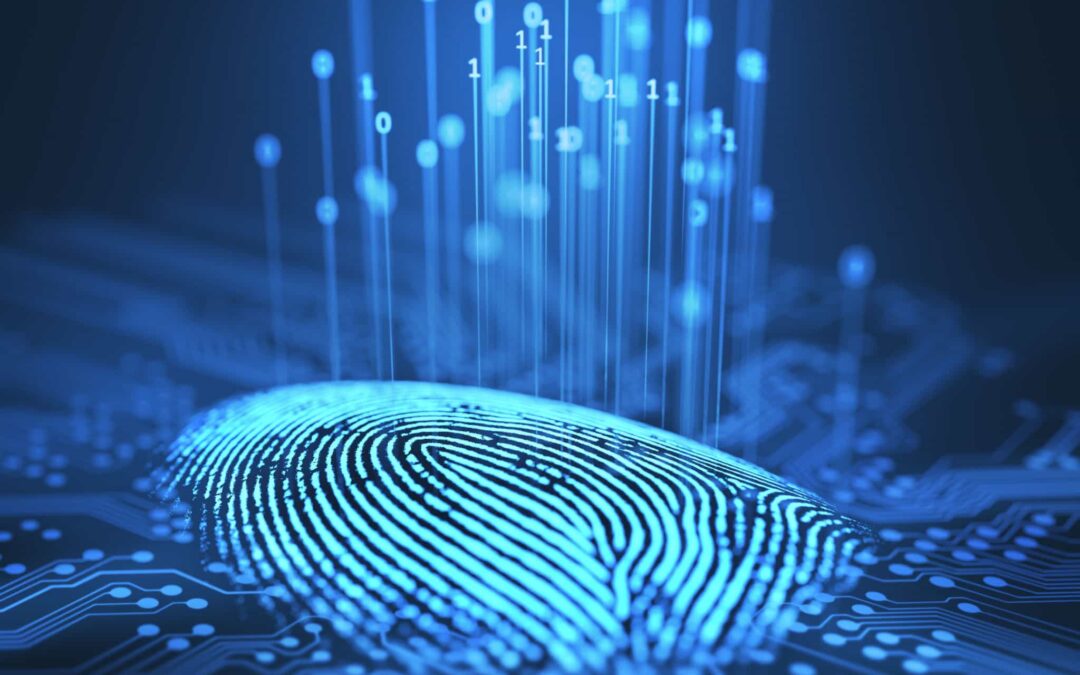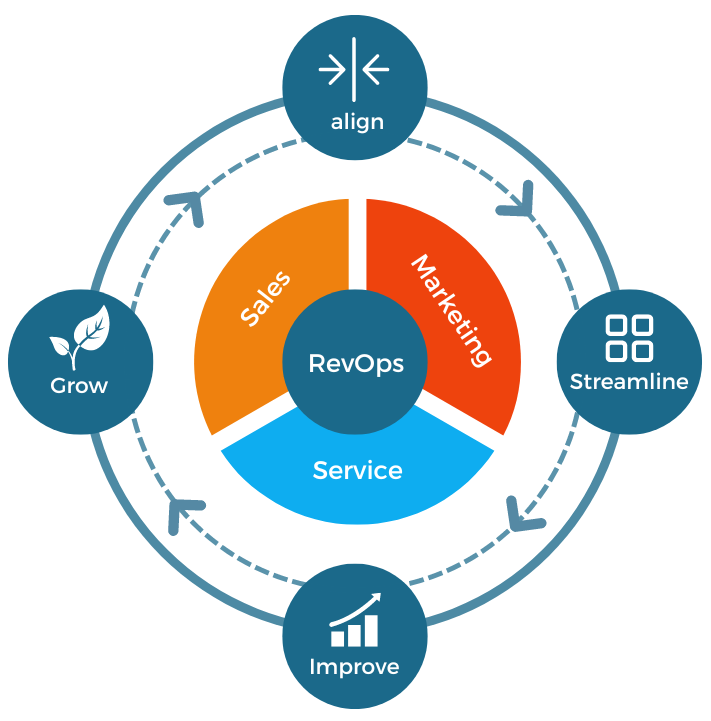How to Adapt to New Educational Models

Education is the fundamental factor in learning and gaining knowledge about a specific field so that one can make a career in the future. However, much depends on the quality of education and how teachers or educators teach to ensure that a specific subject or topic is explained in a detailed manner. When it comes to gaining education, some schools and colleges are deemed better than others and are ranked higher based on their quality of education.
But why are some schools and colleges considered to provide a better quality of education when they teach the same courses or use the same textbooks? One factor that ranks some educational institutes higher than others is their usage of different educational models that allow them to provide better knowledge to the students. This blog will help you understand educational models and how new educational models are adapted to cater to evolving education.
What are educational models
Educational models are guidelines and frameworks that define a structure that teachers in schools and colleges use to guide their learning and teaching processes. If a teacher is using a specific educational model, it majorly dictates how the teacher will teach and how students will engage with the teaching and learning. One of the best things about educational models is that they may be tailored to the teacher’s or institution’s goals and educational philosophy. For example, if a teacher wants a more hands-on approach than just textbook knowledge, he/she can use an educational model which is more interactive and allows students to use the knowledge in real life. Educational models can specifically focus on students or teachers or can be developed or adapted to create a blend of both for a more comprehensive educational approach.
How to adapt to a new educational model
Adapting to new educational models requires a strategic approach, embracing technology, and cultivating a flexible mindset. A specific educational model may seem ideal at first glance but may end up failing to provide the necessary results for the students. Hence, knowing how to adapt to a new educational model is important. Here are the steps involved in adapting a new educational model:
Understanding the new educational model
The first step in adapting to a new educational model is understanding its core principles and objectives. As an educator or a teacher, you would know what you have to teach to the students and how the teaching and learning process must be. Hence, you must analyse a new educational model to ensure it aligns with your methodology and can generate the expected outcome.
Embracing technology
Most educational models now use advanced digital technologies, such as artificial intelligence (AI), to design various internal processes. Since technology is generally a major part of a new educational model, students and educators must familiarise themselves with e-learning platforms, virtual classrooms, and AI-powered tools. Once they understand technology, students and teachers can better understand its features and tools to help teachers teach better and students learn effectively.
Cost-effectiveness
Educational models are generally not free and are expensive when implemented at the school or college level. One of the most important factors to consider when adapting to a new educational model is its cost. Educational institutes must evaluate a new educational model based on its cost and whether it is justified for the objectives and goals for which it is being considered.
Regular usage
Practice makes perfect, and the same goes for adapting to a new educational model. When used for the first time, a new educational model may seem complex for a teacher or student. However, regular use of such a model can help teachers and students get used to it and use the included features and tools easily and for their intended results. If, after regular usage, the educational model still seems complex, switching to a new model would be a better choice.
Evaluating and adapting strategies
Finally, adapting to a new educational model is an ongoing process. Regularly assessing its effectiveness through student feedback, performance metrics, and adaptability ensures continuous improvement. Institutions should be flexible in modifying policies and approaches based on evolving needs. The adaptation to a new educational model should be based more on the needs and wants of the students, as most educational models are designed to improve the learning and teaching process for students.
Addressing challenges
Adapting to a new educational model may be challenging, as teachers or students may better understand the current model and be hesitant to change. Another challenge could be the high cost of adapting to or implementing a new educational model. In such a case, the educational institute may seek a loan from a financial institution such as a bank or NBFC using its online marketplace or platform.

.jpeg?width=682&height=455&name=AdobeStock_295048993%20(1).jpeg)



